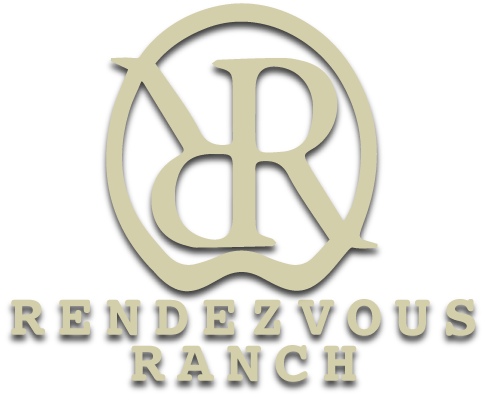WORKING EQUITATION
DRESSAGE • EASE OF HANDLING • SPEED • CATTLE HANDLING
The discipline of Working Equitation (WE) was created with the objective of enhancing the equestrian techniques developed in countries whose riders use horses in different aspects of ranch and fieldwork. The aim is not only to preserve and perpetuate each country’s type of equitation, but also their various traditions, dress, and tack comprising each nation’s unique cultural equestrian heritage. Working Equitation, therefore, provides an opportunity for the simultaneous comparison of sporting and cultural considerations.
Working Equitation was pioneered by four countries: Portugal, Spain, France and Italy, with the first International competition being held in 1996. In 2004, the World Association for Working Equitation (WAWE) was established to govern the sport. Since that time, the sport has continued to grow and is now well established in Europe and is gaining popularity in the Americas. WAWE rules are used for all international competitions, but each individual country has its own rules for domestic competitions.
TRIALS
There are four trials, or tests, that make up a Working Equitation competition. The first three, Dressage, Ease of Handling, and Speed, are required for both individual and team competitions. The fourth trial, Cattle Handling, is included for team competitions. It is mandatory at national championship competitions and encouraged at all other competitions when facilities allow. Each of the trials are described in greater detail in the sections that describe them.
Dressage
Prescribed dressage tests are ridden at each level. Each movement is given a numerical score, and collective marks are given for impulsion, compliance, calmness, rider’s position, etc. The dressage tests are designed to both test the horse and rider as well as to serve as an aid in training. The movements at each successive level build upon movements of the previous levels and coincide with the type and difficulty of movements expected in the Ease of Handling and Speed trials at the corresponding levels.
Ease of Handling
Obstacles are setup to simulate the difficulties encountered by a horse and rider in the field. Obstacles are numbered and are ridden in order. The goal of this trial is to negotiate the obstacles with accuracy, ease, and smoothness.
Cow Trial
This trial tests the ability of a horse and rider to work, individually and as a team with cattle. The test is performed with a team of 3 or 4 riders. The objective is for each rider to individually sort, cut, and separate a preselected cow from the herd and then as a team put it in a designated pen. This is a timed event, there are time penalties for course errors.
Speed
The obstacles utilized in the Ease of Handling trial are ridden at speed with no emphasis on style. Individual scores are based on elapsed time through the obstacles with time penalties added for mishandled obstacles. This trial is designed to test the rider’s co-ordination and capacity for anticipation in addition to the horse’s qualities of submission, speed, attention, and finesse.


